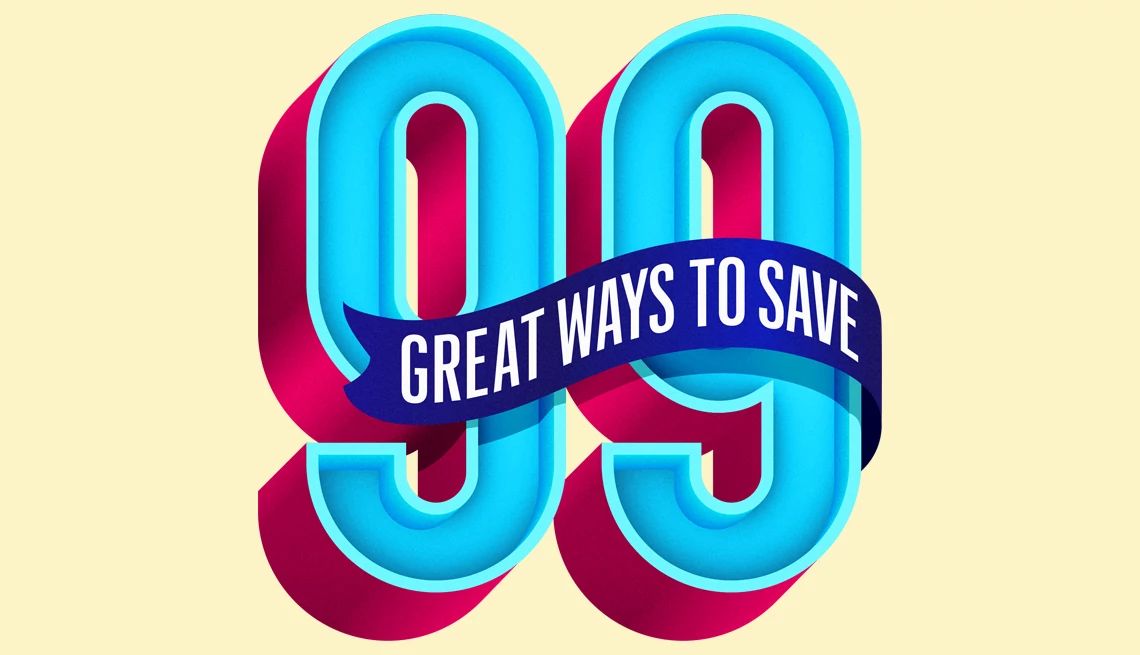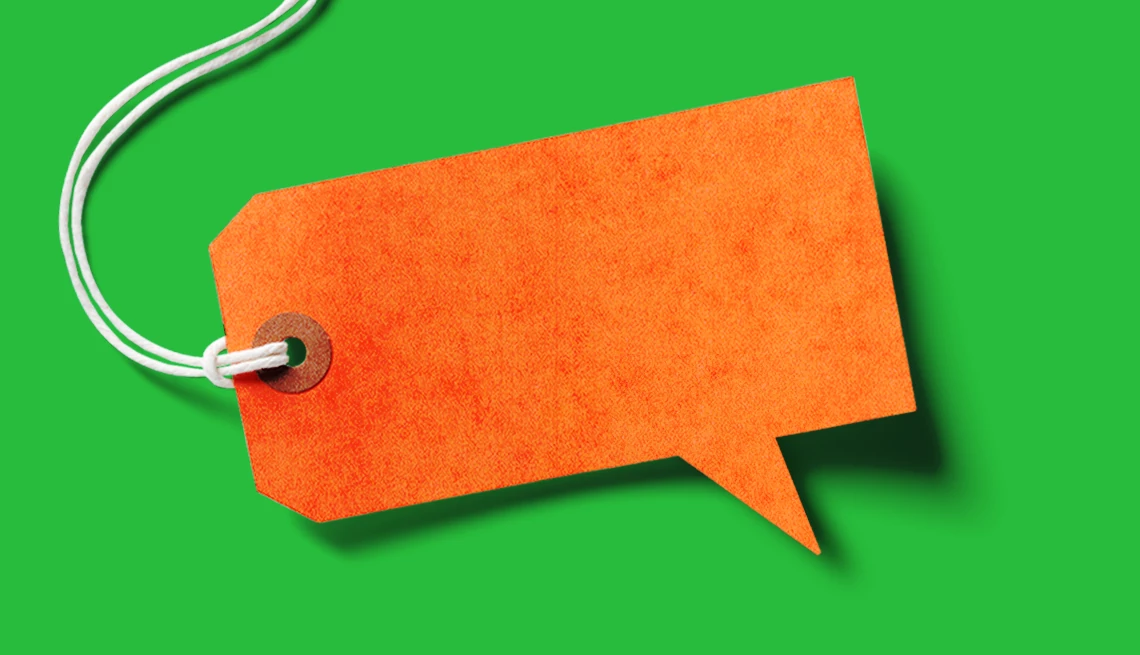AARP Hearing Center


The U.S. Postal Service will raise the price of a first-class Forever stamp by 5 cents, from 68 cents to 73 cents, on July 14, 2024. A first-class stamp covers the cost to mail a 1-ounce letter; the cost of an additional ounce will rise from 24 cents to 28 cents.
Many of the post office’s smorgasbord of services will become more expensive too. Metered letters will be 64 cents, up from 69 cents. Want to send a postcard? It costs a bit more. Domestic postcards will cost three cents more, rising to 56 cents from 53 cents. You’ll pay a dime extra for outbound international letters: They will cost $1.65, up from $1.55.


The Postal Service will also raise prices for Special Services products, including certified mail, money orders and insurance when mailing an item. (Postal box fees will remain the same.) The increases were approved by the Postal Regulatory Commission. Overall, postal prices will rise about 7.8 percent.
How much do Forever stamps cost?
Forever stamps will still cost 68 cents apiece until the price hike in July 2024, so stock up now. The “Forever” in their name means that even after the price rises, a Forever stamp you paid 66 cents for will still send a 1-ounce letter to any U.S. address. You won’t have to add additional postage. In fact, you can use an original 41-cent Forever stamp you bought 17 years ago to mail a first-class letter today without additional postage.
What did a first-class postage stamp cost?
- Jan. 7, 2001: 34 cents
- June 30, 2002: 37 cents
- Jan. 8, 2006: 39 cents
- May 14, 2007: 41 cents
- May 12, 2008: 42 cents
- May 11, 2009: 44 cents
- Jan. 22, 2012: 45 cents
- Jan. 27, 2013: 46 cents
- Jan. 26, 2014: 49 cents
- Apr. 10, 2016: 47 cents
- Jan. 22, 2017: 49 cents
- Jan. 21, 2018: 50 cents
- Jan. 27, 2019: 55 cents
- Aug. 29, 2021: 58 cents
- July 10, 2022: 60 cents
- Jan. 22, 2023: 63 cents
- July 9, 2023: 66 cents
- Jan. 21, 2024: 68 cents
- July 14, 2024: 73 cents
Source: Historian, U.S. Postal Service
Forever stamps, introduced in 2007, are always equivalent to the current price of a first-class stamp. Since 2011, virtually all first-class stamps sold are Forever stamps.
You can even use Forever stamps for outbound international letters, but you’ll have to include additional stamps to get to the correct amount of international postage. For international letters, a Forever stamp has the value of the price of a first-class stamp on the day it is used.
A 1-ounce letter cost 6 cents to send in 1863, according to the USPS historian, and 10 cents 50 years ago. When the new price goes into effect, the cost of postage will have risen from 66 cents in July 2023 to 73 cents in July 2024, a 10.6 percent increase. The consumer price index, the government’s main gauge of inflation, has risen 3.3 percent in the 12 months ended May 2024.








































































More From AARP
How to Protect What You Collect
Tips for caring for your collectibles, including proper organization, accurately assessing the value and more
What’s New at the Post Office in 2024
From service to costs, here are 5 changes coming to the USPS
3 Retailers that Sell Gold
These stores make it easy to buy gold bars
What You Need To Know About Roth IRAs
Tax-free income at retirement — if you follow the rules